Aleksandra Voronina
Andrey Sivvestrov
Dasha Trofimova
Dasha Zvezdin
Dunja Pismenna
Evgenia Chapaikina
Evy Schubert
Grisha Mumrikov
Ira Tsykhanskaya
Ivan Petrokovich
Katja Pismenna
Kerstin Nieke
Kirill Chudinsky
Masha Molokova
Pavel Borodin
Petr Silvestrov
Sergey Prokofiev
The Party of the Dead
Vera Laponkina
Vika Chupakhina
Yuri Albert
It produces its own image, even when it seems absent. Every absence becomes the beginning of a memory. Every rupture becomes an archive. In this sense, emptiness proves to be active: it forces the imagination to work.
Muteness is not silence. It is a language without a voice, an understanding without utterance. It delays speech, yet in this delay accumulates the entire experience of the unspoken.
Between emptiness and muteness emerges an afterimage — Nachbild. It is neither light nor object, but a delay: the afterglow of emptiness. It lives in the eye, in memory, in the body, bringing back what has vanished but still continues to exist.
Cologne, 2025.
To work — and not to feel such acute pain from alienation or from the appropriation of one’s labor.
Can the act of going into the forest be one of the few gestures of freedom that cannot be transformed into a marketing product?
Der Waldgang is a metaphor conceived by the writer Ernst Jünger.
The retreat into the forest is undertaken by individuals.
In the forest, they seek, on the one hand, peace, and on the other — freedom from dictatorships and from the automatism of new technologies and human reactions.
The retreat into the forest is a retreat into oneself — an experience of feeling whole and unbreakable, yet always ready to perish.
In her work “Der Waldgang,” the artist turns to the forest as a space of the afterimage — a place where one can disappear to become again.
Here, emptiness does not destroy; it returns the possibility of being.
DEUTSCH
Der Rückzug in den Wald eröffnet die Möglichkeit, für eine begrenzte Zeit tief im Kontext und doch außerhalb der Zeit zu existieren.
Zu arbeiten — und den Schmerz der Entfremdung oder der Aneignung der eigenen Arbeit nicht so scharf zu spüren.
Kann der Gang in den Wald einer der wenigen Freiheitsgesten sein, die sich nicht in ein Marktprodukt verwandeln lassen?
Der Waldgang ist eine Metapher des Schriftstellers Ernst Jünger.
Der Rückzug in den Wald wird von Einzelnen unternommen.
Im Wald suchen sie einerseits Frieden, andererseits Freiheit — von Diktaturen und vom Automatismus neuer Technologien und menschlicher Reaktionen.
Der Rückzug in den Wald ist ein Rückzug in das eigene Selbst — ein Gefühl von Ganzheit und Unzerbrechlichkeit, das doch immer bereit ist zu vergehen.
In ihrer Arbeit „Der Waldgang“ wendet sich die Künstlerin dem Wald als einem Raum des Nachbildes zu — einem Ort, an dem man verschwinden kann, um wieder zu werden.
Die Leere zerstört hier nicht, sie gibt die Möglichkeit des Seins zurück.
Music by Andrey Guryanov
Editing by Mikhail Bodukhin
Camera Andrey Silvestrov. Peter Silvestrov
Staring Anastasia Kuvykina
An anti-war film without a single frame of war — yet the war is present in every frame.
The work is a personal diary of peaceful existence during wartime. The camera captures familiar gestures — traveling, drinking wine, smiling, reading the news on our phones. Somewhere nearby, unseen explosions and gunshots occur. Off-screen voices are heard — those who can no longer speak, giving words to pain.
DEUTSCH
NUMBNESS (2025, 8 mm, 72 Min)
Ein Antikriegsfilm ohne eine einzige Kriegsaufnahme – und doch ist der Krieg in jedem Bild präsent.
Das Werk ist ein persönliches Tagebuch eines friedlichen Daseins während des Krieges.
Die Kamera hält vertraute Gesten fest – Reisen, Wein trinken, Lächeln, Nachrichten auf dem Handy lesen.
Irgendwo in der Nähe ereignen sich unsichtbare Explosionen und Schüsse.
Aus dem Off sind Stimmen zu hören – die derjenigen, die nicht mehr sprechen können, und dem Schmerz Worte verleihen.
Dasha Trofimova
Limbo
In this project, the artist selects spaces left behind—abandoned apartments, sanatoriums, and research institutes—as sites for her installations. She documents the slow decay of collective institutions and the growing atomization of post-Soviet society. Traces of the past still linger in everyday life, yet they are rapidly losing their meaning.
DEUTSCH
In diesem Projekt wählt die Künstlerin verlassene Orte – aufgegebene Wohnungen, Sanatorien und Forschungsinstitute – als Schauplätze für ihre Installationen. Sie dokumentiert den langsamen Verfall kollektiver Institutionen und die zunehmende Atomisierung der postsowjetischen Gesellschaft. Spuren der Vergangenheit sind noch im Alltag präsent, verlieren jedoch rasch ihre Bedeutung. Die Fotos von der Ausstellung wurden von Evgeniya Chapaykina gemacht.
Her work explores transformation as a response to crisis — an act of empathy and survival that blurs the boundaries between human and non-human.
“I see a transformation into another species as a coping mechanism for catastrophic events and, possibly, a crucial strategy for humanity to stop waging war and destruction. Transformation here does not mean an actual shape-shifting, but rather the formation of awareness of the non-human experience and our connection to it. This transformation of my digital avatar into a dog is some kind of ritual, where my human appearance is being sacrificed to represent the moment when there is no longer any essential difference between human and non-human. Or perhaps there was no difference at all in the first place.
Deutsch
Als nächste Künstlerin in unserer Reihe nach der Ausstellung — Dasha Zvezdin.
Ihre Arbeit erforscht die Verwandlung als Reaktion auf Krisen – ein Akt des Mitgefühls und Überlebens, der die Grenzen zwischen Mensch und Nicht-Mensch verwischt.
„Ich sehe die Verwandlung in eine andere Spezies als Bewältigungsmechanismus für katastrophale Ereignisse und vielleicht als entscheidende Strategie der Menschheit, Kriege und Zerstörung zu beenden. Transformation bedeutet hier keine tatsächliche Gestaltveränderung, sondern das Entstehen eines Bewusstseins für die nicht-menschliche Erfahrung und unsere Verbindung zu ihr. Die Verwandlung meines digitalen Avatars in einen Hund ist eine Art Ritual, bei dem mein menschliches Erscheinungsbild geopfert wird, um den Moment zu verkörpern, in dem es keinen wesentlichen Unterschied mehr zwischen Mensch und Nicht-Mensch gibt. Oder vielleicht hat es diesen Unterschied nie gegeben.

Dark times / Dunkle Zeiten
Then things begin to glow, contours dissolve, and in the stillness, the inner cinema unfolds.
DEUTSCH
Am eindringlichsten zeigt sich die Magie des Moments in jener Stunde, in der das Auge eigentlich nach Ruhe verlangt.
Dann beginnen die Dinge zu leuchten, Konturen lösen sich auf, und in der Stille entfaltet sich das innere Kino.
Her work The Girls (2025) consists of four ceramic and foam sculptures (15 × 20 × 10 cm).
These figures suggest women’s bodies through their poses — without identity, without faces, without clear gender markers. The work reflects on the exploitation of prostituted women within a patriarchal system.
The clay bodies, lying or sitting, sink into soft foam bases that absorb their weight — a metaphor for how the system engulfs and crushes.
Faceless and hand-molded, they hold the tension between anonymity and objectification.
Their postures recall sexualized service portfolios, where faces are blurred and only the body remains.
Can one escape such exploitation without losing identity — or does the system inevitably leave its imprint?
DEUTSCH
Ihr Werk The Girls (2025) besteht aus vier Skulpturen aus Keramik und Schaumstoff (15 × 20 × 10 cm).
Die Figuren deuten weibliche Körper nur durch ihre Haltungen an – ohne Identität, ohne Gesicht, ohne klare Geschlechtsmerkmale. Die Arbeit reflektiert die Ausbeutung prostituierter Frauen im patriarchalen System.
Die Tonkörper, liegend oder sitzend, sinken in weiche Schaumstoffsockel, die ihr Gewicht aufnehmen – eine Metapher dafür, wie das System verschlingt und zerdrückt.
Gesichtslos und handgeformt, tragen sie die Spannung zwischen Anonymität und Objektifizierung.
Ihre Posen erinnern an sexualisierte Dienstleistungsportfolios, in denen Gesichter unkenntlich gemacht werden und nur Körper übrig bleiben.
Lässt sich dieser Ausbeutung entkommen, ohne die eigene Identität zu verlieren – oder hinterlässt das System unausweichlich seine Spuren?
Evy Schubert
HOLY SHIT
A MULTI MEDIA PROJECT TO SAVE THE WORLD BY EVY SCHUBERT & PARTNERS IN CRIME
HOLY SHIT is a multimedia project in form of a social sculpture that engages with digital imagery
and algorithm-based content. HOLY SHIT consists of 40 shortfilms, the website
www.holyshit.vision, an instagram campaign and a touring multimedia exhibition that culminates
in a live AV performance. HOLY SHIT aims at re-writing the current algorithm of google & co. Our
credo is: let open source guide the way! We produce such a massive amount of stimulating
content that you’ll just want to share it. And when you share it, then we will create the brighter
web, overcoming the standard algorithm and its manufactured polycrisis. HOLY SHIT transforms
the superlative world of slogans into a new imagery of a unique pop culture and complete it with
poetic deep talk. HOLY SHIT is its own genre and aesthetics, yet it plays with the recognizability
of our online cosmos. It is absolutely instagramable.
On view in this screening is the top selection offive videos of our cosmos. So drown in the
twighlight and dare to confront yourself with your own hypocrisy.
www.holyshit.vision
Concept, text, artistic direction: Evy Schubert
Cast: Sabine Waibel, Almut Zilcher, Margarita Breitkreiz, Esther Agricola
Video: Komposter
Music, Webdesign: Carl-John Hoffmann
Make-up: Rebeka Schwark, Johanna Hinsch
Produktionsleitung: Jasna Witkoski
1AD: Su Jung
Co-producttion Ballhaus Ost Berlin.
Funded by Senatsverwaltung für Kultur und Gesellschaftlichen Zusammenhalt im Programm
Digitale Entwicklung im Kulturbereich Berlin.

“Trace”
In 1957, newspapers reported that the unusual glow in the sky was the Northern Lights.
A single official word fixed the interpretation — the event became explained, understood, and absorbed into the familiar order of things.
Six decades later, it becomes clear that this was not so much a natural phenomenon as an example of how power shapes perception through language.
By naming the light “an aurora,” the newspaper closed off alternative interpretations and turned it into part of an already established discourse.
This linguistic trace has remained — not only in the archive but in our perception of reality itself.
Language does not mirror the world; it constructs it.
And perhaps, as long as we can still recognize these constructions, we preserve a space for a future that does not coincide with the official description of the present.
DEUTSCH
1957 berichteten Zeitungen, dass das ungewöhnliche Leuchten am Himmel das Nordlicht sei.
Ein einziges offizielles Wort fixierte die Interpretation – das Ereignis wurde erklärt, verstanden und in die vertraute Ordnung der Dinge integriert.
Sechs Jahrzehnte später zeigt sich, dass es weniger um ein Naturphänomen ging, als vielmehr um ein Beispiel dafür, wie Macht Wahrnehmung durch Sprache steuert.
Indem das Licht als „Nordlicht“ bezeichnet wurde, verschwand die Möglichkeit einer anderen Deutung, und das Ereignis wurde Teil eines bereits bestehenden Diskurses.
Diese sprachliche Spur blieb erhalten – nicht nur im Archiv, sondern auch in unserer Wahrnehmung der Realität.
Sprache spiegelt die Welt nicht wider, sie konstruiert sie.
Und vielleicht, solange wir diese Konstruktionen erkennen können, bleibt uns Raum für eine Zukunft, die nicht mit der offiziellen Beschreibung der Gegenwart übereinstimmt.
Ivan Petrokovich with his project “House/Home”(2022–). The project centers on the traces of demolished houses left on the still-standing walls — silent witnesses of destruction. This texture resonates with personal experiences of forced migration amid war: the loss of home as both a feeling and a literal displacement. The house here is not a physical place but a zone of reduced risk — a safe space. Homelessness becomes not a matter of geography, but of time and circumstance. Formally, the project consists of black-and-white photographs without people, composed in the tradition of the Düsseldorf School of Photography. Yet this visual language of architecture is used to mark its absence. The night shots with flash recall both forensic and spiritual photography — uncovering traces of violence and the restless presence of what remains. A story emerges of a vengeful spirit wandering endlessly through ruins.
DEUTSCH Ivan Petrokovich mit seinem Projekt „House/Home“ (2022–). Im Mittelpunkt stehen die Spuren abgerissener Häuser, die auf den noch stehenden Wänden geblieben sind – stumme Zeugen der Zerstörung.
Diese Texturen verbinden sich mit persönlichen Erfahrungen erzwungener Migration im Kontext des Krieges: dem Verlust des Zuhauses als Gefühl und für viele – im wörtlichen Sinn. Das Haus ist hier kein physischer Ort, sondern eine Zone reduzierten Risikos – ein sicherer Raum.
Heimatlosigkeit wird zu einer zeitlichen und kontextuellen Erfahrung, nicht zu einer räumlichen. Formal besteht das Projekt aus schwarz-weißen Fotografien ohne Menschen, arrangiert nach den Prinzipien der Düsseldorfer Fotoschule. Doch diese Formensprache der Architektur verweist hier auf deren Abwesenheit. Die Nachtaufnahmen mit Blitz erinnern zugleich an forensische und spiritistische Fotografie – sie legen Spuren von Gewalt offen und evozieren die ruhelose Präsenz des Vergangenen. So entsteht eine Erzählung über einen rastlosen Geist, der durch endlose Ruinen wandert.
Peelings — a Performance of Presence
I sit and peel potatoes —
a gesture of survival, memory, and resistance.
The peels accumulate
like invisible labour,
like the shadow of the body,
like the memory of an exile.
This ritual speaks of female, devalued labour,
of a lost home,
of dignity within powerlessness.
The peels decay, turning into soil.
Within them lie loss
and the possibility of growth.
DEUTSCH
Schalen — eine Performance der Anwesenheit
Ich sitze und schäle Kartoffeln —
eine Geste des Überlebens, der Erinnerung und des Widerstands.
Die Schalen häufen sich wie unsichtbare Arbeit,
wie der Schatten des Körpers,
wie das Gedächtnis einer Vertriebenen.
Dieses Ritual erzählt von weiblicher, entwerteter Arbeit,
von einem verlorenen Zuhause,
von Würde in der Ohnmacht.
Die Schalen verfaulen, werden zu Erde.
In ihnen liegen Verlust
und die Möglichkeit von Wachstum.
Katja Pismenna
with her work dunkle Zeiten / dark times.
The magic of the moment is most vividly revealed in those hours when the eye is ready to rest. Then things begin to glow, contours dissolve, and in the stillness, the inner cinema unfolds.
DEUTSCH
Katja Pysmenna mit ihrer Arbeit dunkle Zeiten / dark times.
Am eindringlichsten zeigt sich die Magie des Moments in jener Stunde, in der das Auge eigentlich nach Ruhe verlangt.
Dann beginnen die Dinge zu leuchten, Konturen lösen sich auf, und in der Stille entfaltet sich das innere Kino.



Kerstin Nieke
Her analogue collages (100×70 cm) explore how digital abstraction and visual temptation shape our perception of reality.
Through playful compositions, she invites viewers to lose themselves in images that open new ways of seeing.
“The seductiveness of images, the abstraction of digital worlds that exist alongside our analogue lives, and the longing for reliable structures — all merge in my work into visual stories that let familiar perspectives turn into new ones.”
Deutsch
Als nächste Künstlerin in unserer Reihe nach der Ausstellung — Kerstin Nieke.
Ihre analogen Collagen (100×70 cm) erforschen, wie digitale Abstraktion und die Verführbarkeit durch Bilder unsere Wahrnehmung von Realität prägen.
Mit spielerischen Kompositionen lädt sie die Betrachtenden ein, in Bildwelten einzutauchen, die neue Sichtweisen eröffnen.
„Die Verführbarkeit durch Bilder, die Abstraktion digitaler Welten, die parallel zu unserem analogen Leben existieren, und die Sehnsucht nach verlässlichen Strukturen verbinden sich in meinen Arbeiten zu Bildgeschichten, die vertraute Perspektiven in neue verwandeln.
Kirill Chudinsky
“Spur” (Trace) is both a promise and a suggestion.
The title points to a path not yet taken — where emptiness also means possibility.
The work reminds us that we are always in transition: between what was and what is yet to come — within this single, unrepeatable moment.
A brief life in the face of infinity — full of possibilities, full of questions.
The painting shows the human being in passage, between past and future, emptiness and hope, in that unique instant when everything still lies ahead.
95 × 34.5 cm, acrylic on primed MDF panel.
DEUTSCH
„Spur“ ist zugleich Verheißung und Vermutung.
Der Titel verweist auf einen Weg, der noch nicht beschritten ist – darauf, dass Leere auch Möglichkeit bedeutet.
Das Werk erinnert uns daran, dass wir uns immer in einem Übergang befinden: zwischen dem, was war, und dem, was kommt – in diesem einzigen, unwiederbringlichen Moment.
Ein kurzes Leben im Angesicht der Unendlichkeit: voller Möglichkeiten, voller Fragen.
Das Werk zeigt den Menschen im Übergang – zwischen Vergangenheit und Zukunft, Leere und Hoffnung, in jenem Moment, in dem alles noch vor uns liegt.
95 × 34,5 cm, Acryl auf grundierter MDF-Platte.
Masha Molokova a with Notes on the Unspoken.
This project is Masha’s personal reaction to the beginning of the war on February 22, 2022. When words became insufficient to describe what was happening, she turned to another language — that of colour, form, and emotion. Ten watercolours emerged — ten impressions of powerful feelings: hatred, helplessness, anxiety, fear, anger, disgust, loss, disappointment, shock, and despair. The work gives these emotions visibility — a way to make pain tangible and shareable. Masha believes that pain has its own language — one that speaks through the body, movement, and images. Silence, in this sense, is not the absence of voice, but another form of expression. The series also invites viewers to participate: nearby sheets with a human outline invite visitors to draw their own “map of feelings” connected to loss or trauma. In this way, private experiences become visible and shared — a small step toward acknowledging and healing collective pain.
DEUTSCH
Wir setzen unsere Reihe der Künstler*innen des Projekts fort. Heute – Masha Molokova mit Notizen über das Ungesagte. Dieses Projekt ist Mashas persönliche Reaktion auf den Beginn des Krieges am 22. Februar 2022. Als Worte nicht mehr ausreichten, um das Geschehen zu beschreiben, wandte sie sich einer anderen Sprache zu – der von Farbe, Form und Gefühl. So entstanden zehn Aquarelle – zehn Eindrücke intensiver Emotionen: Hass, Hilflosigkeit, Angst, Furcht, Wut, Ekel, Verlorenheit, Enttäuschung, Schock und Verzweiflung. Die Arbeit gibt diesen Gefühlen Sichtbarkeit – eine Möglichkeit, Schmerz spürbar und teilbar zu machen. Masha glaubt, dass Schmerz seine eigene Sprache hat – sie spricht durch Körper, Bewegung und Bilder. Schweigen ist in diesem Sinn nicht das Fehlen einer Stimme, sondern eine andere Form des Ausdrucks. Das Projekt lädt die Betrachter*innen ein, sich zu beteiligen: Auf Blättern mit einer menschlichen Silhouette können sie ihre eigene „Gefühlskarte“ zeichnen. So wird persönliches Erleben sichtbar und geteilt – ein kleiner Schritt, um gemeinsamen Schmerz zu begreifen und Heilung zu beginnen.
Pavel Borodin with his short film Ship Lock (2007). The central focus of Borodin’s project is a ten-minute film shot in China at the Three Gorges Dam on the Yangtze River. Filmed during a rainy night, Ship Lock transforms three hours of ship passage through the lock into a hypnotic visual and acoustic experience. The dense ambient sound combined with Borodin’s improvised electric guitar creates a dark and immersive atmosphere — a moment where mechanical rhythm and human perception merge into one flow. Born in Moscow in 1974, Pavel Borodin has lived in Germany since 1997. He works with both music and film, producing documentaries and concert films focused on jazz and improvisation. Borodin’s films have been shown at numerous film and music festivals. In 2014, he co-founded the Bonn-based art association In Situ Art Society e.V. In Situ Art Society
DEUTSCH
Wir setzen unsere Reihe der Künstler*innen des Projekts fort. Heute – Pavel Borodin mit seinem Kurzfilm Ship Lock (2007). Im Mittelpunkt von Borodins Projekt steht ein zehnminütiger Film, der 2007 während einer regnerischen Nacht in China, am Drei-Schluchten-Damm am Jangtse-Fluss, gedreht wurde. Aus drei Stunden Schleusung ist ein hypnotischer Film entstanden, der eine eigentümlich befremdliche Atmosphäre schafft. Der vielschichtige Raumklang in Kombination mit Borodins improvisierter E-Gitarrenmusik erzeugt eine düstere, dichte Stimmung, in der sich mechanischer Rhythmus und menschliche Wahrnehmung zu einem Fluss verbinden. Pavel Borodin, 1974 in Moskau geboren, lebt seit 1997 in Deutschland. Er arbeitet im Bereich Musik und Film und produziert Dokumentar- und Konzertfilme mit Fokus auf Jazz und Improvisation. Seine Filme wurden auf zahlreichen Film- und Musikfestivals gezeigt. 2014 war er Mitbegründer des Bonner Kunstvereins In Situ Art Society e.V.
We met on December 24, 2021.
Almost every day — or every other day — we saw each other in her apartment in Severnoe Chertanovo, a Moscow district whose windows overlook a pond.
That view from the window captures the small life of two people standing on the threshold of a great war.
DEUTSCH
Northern Borderland 3B, Sewernoje Tschertanowo 3B.
Wir begegneten uns am 24. Dezember 2021.
Fast jeden Tag, oder jeden zweiten, sahen wir uns in ihrer Wohnung im Moskauer Stadtteil Sewernoje Tschertanowo, deren Fenster auf einen Teich hinausgehen.
Dieser Blick aus dem Fenster hält das kleine Leben zweier Menschen fest – am Vorabend eines großen Krieges.
Petr Silvestrov with Memory Effect.
We spend a third of our lives asleep, leaving behind traces on the springs and fabric of our beds — silent witnesses that remember what we forget beyond consciousness.
The dents, folds, and subtle reliefs of the mattress surface become landscapes of presence and absence, quiet reminders of the body and its daily disappearance.
The project presents scans of mattresses from four people living in Berlin.
Their stories — of sleep, memory, and life — are told nonverbally through texture and sound. Wir setzen unsere Reihe der Künstler*innen des Projekts fort.
DEUTSCH
Petr Silvestrov mit Memory Effect / Effekt des Gedächtnisses.
Ein Drittel unseres Lebens verbringen wir im Schlaf – und hinterlassen Spuren auf den Federn und Stoffen unserer Betten.
Sie bewahren, was wir vergessen, jenseits des Bewusstseins.
Die Vertiefungen, Falten und Erhebungen der Matratze werden zu Landschaften von Anwesenheit und Abwesenheit – stumme Erinnerungen an unsere Körper.
Im Projekt werden Scans von Matratzen von vier in Berlin lebenden Personen gezeigt.
Ihre Geschichten – von Schlaf, Erinnerung und Leben – werden nonverbal durch Texturen und Klang erzählt.
The Party of the Dead A Rally-Installation
A rally of the Party of the Dead in the form of an installation.
Instead of the living — the dead come out; instead of the dead — their lifeless doubles.
Instead of you — us, instead of us — them.
Standing instead of, instead of together.
DEUTSCH
Partei der Toten: Kundgebung-Installation
Eine Kundgebung der Partei der Toten in Form einer Installation.
Anstelle der Lebenden treten die Toten auf, anstelle der Toten – ihre leblosen Doppelgänger.
Anstelle von euch – wir, anstelle von uns – sie.
Stehend anstelle, anstelle gemeinsam. Fotos by Evgenia Chapaikina
Sergey Prokofiev
This film explores coping mechanisms, dynamic memory, and forgetting in the face of catastrophic events.
217 sheets of paper with graphite prints become frames — not just a graphic sequence, but a process of transformation.
The static sculpture that once shared space with us begins to move.
After combustion, physical objects turn into memories of themselves.
In a series of prints and frames, they slowly sink into oblivion.
DEUTSCH
Sergey Prokofiev
Dieser Film untersucht Bewältigungsmechanismen, dynamisches Gedächtnis und Vergessen angesichts katastrophaler Ereignisse.
217 Papierblätter mit Graphitabdrucken werden zu Einzelbildern – nicht nur zu einer grafischen Serie, sondern zu einem Prozess der Verwandlung.
Die statische Skulptur, die einst denselben Raum mit uns teilte, beginnt sich zu bewegen.
Nach der Verbrennung werden physische Objekte zu Erinnerungen an sich selbst.
In einer Abfolge von Drucken und Bildern versinken sie langsam im Vergessen
Vera Laponkina with her work Memory Constructor (textile printing). The exhibition presents a part of the project created especially for Un/Experimental Field.
In a time when place and time shift rapidly, it becomes difficult to imagine even the near future.
Memories and fragments of family stories remain the only stable ground — things we carry with us anywhere. Memory Constructor combines analog printing from archival family photos with photogram techniques. As Roland Barthes wrote, photography is not a copy of reality but an emanation of what has been. These archival images reveal both knowledge of the past and an emotional world where imagination fills in what’s missing. The project reflects on how photographs create a space between private and collective memory — between what truly existed and what we can only assume. Through photogram and analog montage, Memory Constructor captures shimmering clusters of time, reconstructing memory in endless variations.
DEUTSCH
Vera Laponkina mit ihrer Arbeit Memory Constructor (Textildruck). Die Ausstellung zeigt einen Teil des Projekts, der speziell für das Un/Experimental Field entstanden ist.
In Zeiten, in denen sich Ort und Zeit rasant verändern, wird es schwierig, sich selbst die nahe Zukunft vorzustellen. Erinnerungen und Fragmente familiärer Geschichten bleiben das Einzige, was uns überall begleitet. Memory Constructor verbindet analogen Druck aus Familienarchiven mit der Technik der Fotogramme. Wie Roland Barthes schrieb, ist Fotografie keine Kopie der Realität, sondern eine Emanation des Vergangenen.
Archivbilder werden zu Quellen des Wissens über die Vergangenheit und zugleich zu einem emotionalen Raum, in dem Fantasie fehlendes Wissen ersetzt. Das Projekt zeigt, wie Fotografie einen Raum zwischen privater und kollektiver Erinnerung schafft – zwischen dem tatsächlich Gewesenen und dem, was wir nur annehmen können. Durch Fotogramm und analoge Montage fängt Memory Constructor flirrende Cluster der Zeit ein und setzt Erinnerungen immer wieder neu zusammen.
DEUTSCH
„Abschied in den neuronalen Träumen.“ Vika Chupakhina: Ich war neun Monate nicht zu Hause. In dieser Zeit starb meine Katze – plötzlich, durch eine Thrombose. Die Vernunft half nicht, nur Schuld blieb: Ich fühlte mich als schlechter Mensch, schlechte Künstlerin. Meine Arbeiten über Tierhaftigkeit wurden bedeutungslos in dem Moment, als sie starb. Ich wartete auf ein inneres Abschiednehmen, aber es kam nicht. Monate später träumte ich von ihr – ein kleines Kätzchen mit rosa Pfoten sagte: ‚Mama, ich liebe dich, mir geht es gut.‘ Vielleicht war KI schon immer in uns – in unseren Träumen. Diese alten neuronalen Muster, die uns lehren, loszulassen.“ Eine Arbeit über Verlust, Erinnerung und das fragile Lernen des Abschieds.
Colour functions not only as a visual element but also as a system of signs and conventions.
The title “Conditional Colour Designation” draws attention to the gap between seeing and naming — between perception and language. The word “conditional” highlights that meaning in Albert’s work often depends on context, shared codes, and interpretation rather than pure visual experience.
DEUTSCH
Yuri Albert mit seinen Arbeiten „Bedingte Farbbezeichnung #3“ und „Bedingte Farbbezeichnung #4“ (beide 2025) vor.
Farbe wirkt hier nicht nur als visuelles Element, sondern auch als System von Zeichen und Konventionen. Der Titel „Bedingte Farbbezeichnung“ verweist auf die Distanz zwischen dem Sehen und dem Benennen – zwischen Wahrnehmung und Sprache. Das Wort „Bedingte“ macht deutlich, dass Bedeutung in Alberts Arbeiten oft vom Kontext, gemeinsamen Codes und Interpretationen abhängt – nicht allein vom visuellen Erleben.


